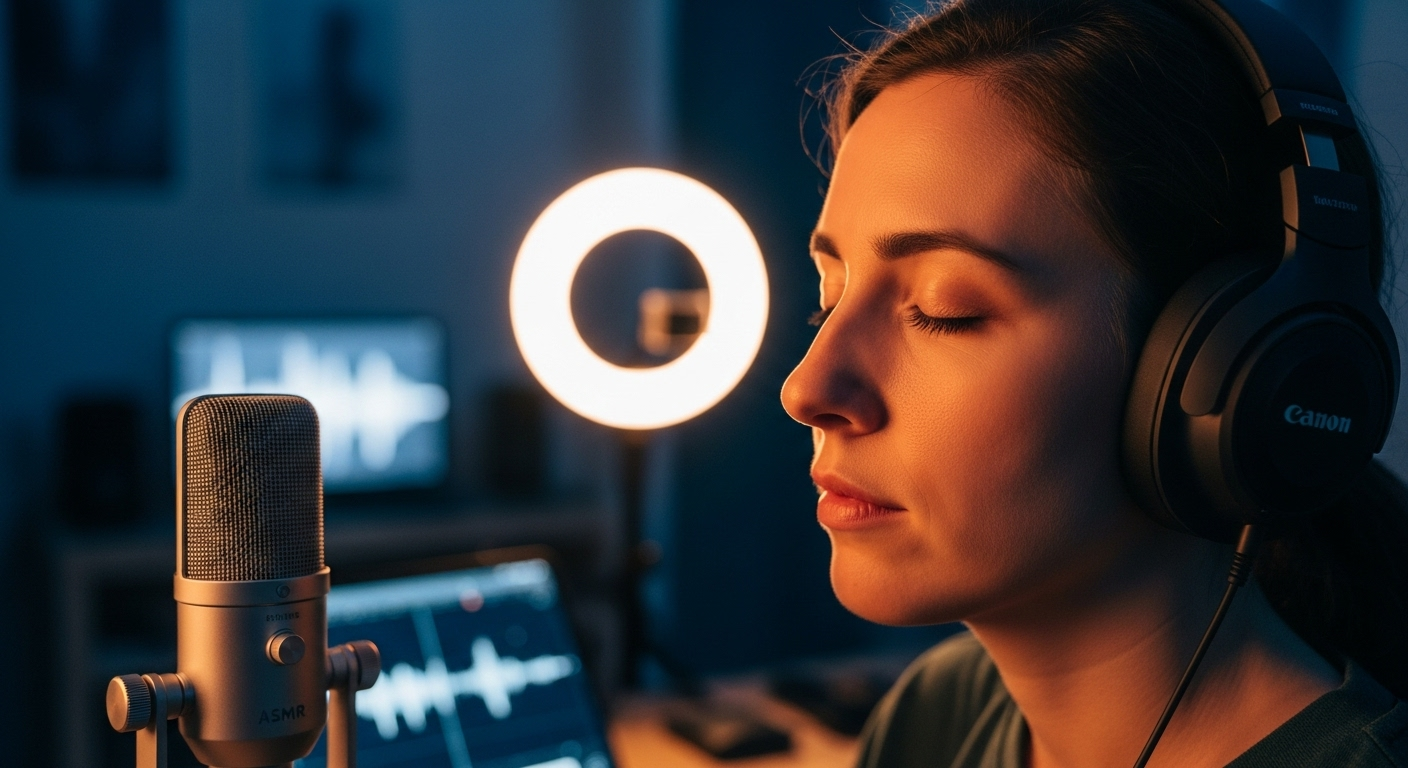Sonic Empathy: The Rise of Autonomous Sensory Meridian Response Communities
In a world of constant digital noise, a peculiar phenomenon is creating pockets of tranquility and connection. Autonomous Sensory Meridian Response, or ASMR, has evolved from a niche internet curiosity to a global movement, fostering unique communities and reshaping how we perceive auditory experiences. Read below to explore the intriguing world of ASMR and its impact on modern society.

The term ASMR was coined in 2010 by Jennifer Allen, who sought to give a name to the sensation she and others had experienced but struggled to describe. Since then, ASMR has grown from an obscure internet phenomenon to a cultural touchstone, with millions of videos dedicated to triggering these sensations available on platforms like YouTube and TikTok.
The Science Behind the Tingles
Despite its popularity, the scientific understanding of ASMR is still in its infancy. Researchers are only beginning to explore the neurological and physiological basis for this phenomenon. Some studies suggest that ASMR experiences may be related to the release of oxytocin, often called the love hormone, which is associated with bonding and relaxation.
A 2018 study published in PLOS One found that individuals who experience ASMR showed significant reductions in heart rate while watching ASMR content, as well as increases in skin conductance levels, indicating a complex physiological response. These findings support anecdotal reports of ASMR’s relaxing effects and suggest that it may have potential therapeutic applications.
Virtual Intimacy in a Disconnected World
One of the most intriguing aspects of the ASMR phenomenon is its role in creating a sense of intimacy and connection in an increasingly isolated digital landscape. ASMR content often simulates personal attention and care, with creators (known as ASMRtists) roleplaying scenarios such as haircuts, medical examinations, or simply offering words of affirmation.
This form of virtual intimacy has become particularly significant in the context of global events that have led to increased physical distancing. For many, ASMR videos provide a surrogate for human touch and personal interaction, offering comfort and a sense of presence in times of loneliness or stress.
The ASMR Economy
As ASMR has grown in popularity, it has given rise to a thriving digital economy. Top ASMRtists can amass millions of followers and generate substantial income through advertising revenue, sponsorships, and merchandise. This has led to the professionalization of ASMR content creation, with creators investing in high-quality microphones, cameras, and set designs to produce increasingly sophisticated videos.
The ASMR market extends beyond video content. ASMR-inspired products, such as specialized pillows, white noise machines, and even ASMR-themed restaurants, have emerged to cater to this growing audience. This economic ecosystem reflects the mainstream acceptance of ASMR and its integration into various aspects of consumer culture.
Controversies and Criticisms
Despite its popularity, ASMR is not without controversy. Critics argue that some ASMR content blurs the line between relaxation and sexualization, particularly when creators incorporate elements of intimacy or personal attention. This has led to debates about the nature of ASMR and its potential for exploitation.
Additionally, there are concerns about the psychological effects of relying on digital content for comfort and relaxation. Some experts worry that excessive consumption of ASMR media could lead to dependency or social isolation, potentially exacerbating the very issues it aims to address.
The Future of Sonic Empathy
As ASMR continues to evolve, its potential applications extend far beyond entertainment. Researchers are exploring its use in therapeutic settings, particularly for individuals dealing with anxiety, insomnia, or stress-related disorders. Some healthcare providers are already incorporating ASMR-inspired techniques into their practices, signaling a growing acceptance of its potential benefits.
Moreover, the principles of ASMR are influencing fields such as product design and environmental planning. Companies are considering how to create more soothing auditory experiences in public spaces, while some architects are exploring ways to incorporate ASMR-friendly elements into building designs.
As our understanding of ASMR deepens, it may reshape our approach to sensory experiences and well-being. This quiet revolution in sonic empathy serves as a reminder of the profound impact that subtle sensory experiences can have on our lives, pointing towards a future where the power of sound is harnessed not just for entertainment, but for healing and connection in an increasingly complex world.





